

|
Forum area for discussing hybridizing tomatoes in technical terms and information pertinent to trait/variety specific long-term (1+ years) growout projects.
|
 |
|
|
Thread Tools | Display Modes |
|
|
#46 | |
|
Tomatovillian™
Join Date: May 2013
Location: Carmel, IN
Posts: 76
|
Quote:
|
|
|
|

|
|
|
#47 |
|
Tomatovillian™
Join Date: Jun 2015
Location: Colorado
Posts: 134
|
Today i planted seed for 4 accessions of S. galapagense, one S. cheesmaiae, 2 S. habrochaites, and 1 S. peruvianum. I used the 1:1 ratio of water:bleach method soaked for 30 min for all of them (with a little lemon juice and cream of tartar mixed in). For S. galapagense and S. cheesmaniae they actually recommend 1 hour soaking, but i only did 30 min.
My earlier pots of test S. galapagense and S. cheesmaniae seemed to have germinated well. I have at least 5 seedlings of each that i can probably separate at some point into separate pots. The S. galapagense did take longer to germinate though and when i was still unsure if they would germinate at all i did add a little lemon juice to the soil one day. Not sure if it helped, but i guess it didn't hurt. One of the accessions i think for S. cheesmaniae for the notes i wrote on the seed packet said exerted stigma and antho, so that sounds exciting. One of the S. galapagense accessions said red fruit which is unusual. I'm hoping the orange-brown fruit one actually is brown. Last edited by Keen101; March 12, 2017 at 01:20 AM. |
|
|

|
|
|
#48 |
|
Tomatovillian™
Join Date: Jun 2015
Location: Colorado
Posts: 134
|
Ok. Update time. Just seedlings right now, but my test seedlings for this year are getting bigger and are doing well.
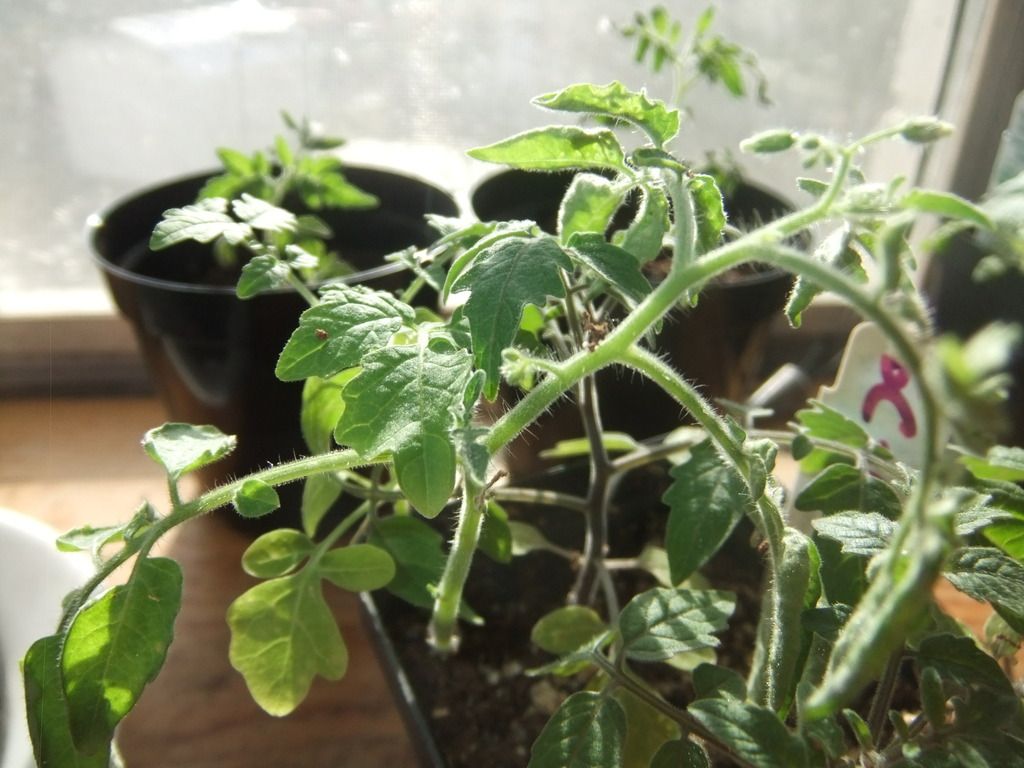 The Solanum cheesmaniae ones show some variation, both in terms of antho stems vs. non-antho stems, but also in smell and what might be disease/bug susceptibility. Still all very interesting though. SC LA0422  There is one tall but more yellowish plant in the S. cheesmaniae batch. This is one of the two that lack antho coloring. This is also the one that smells slightly lemony. I'll be honest in saying that the slight lemony smell slightly bugs me. This is also the plant that is showing bug and/or disease susceptibility on the leaves (might be aphids). But this one is now showing early flowering in the 6th and maybe the 4th node.. so that's interesting. I'm more interested in the antho stem ones, but i wont kill it off. I'll keep watching it. Might be interesting. The others have leaves and smell similar to domestic tomatoes. 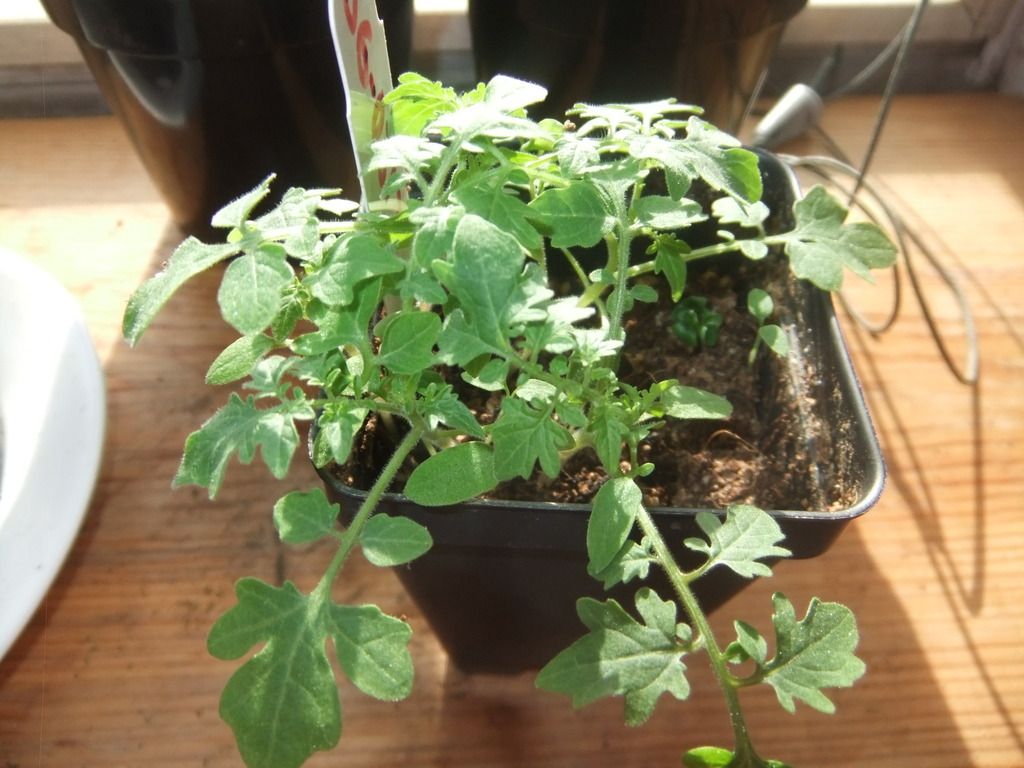 The Solanum galapagense have very interesting leaves. I really like them! Plus something interesting is that they have no smell! Not even traditional tomato leaf smell. So that's way cool! Very interesting. Excited for these. SG LA0317  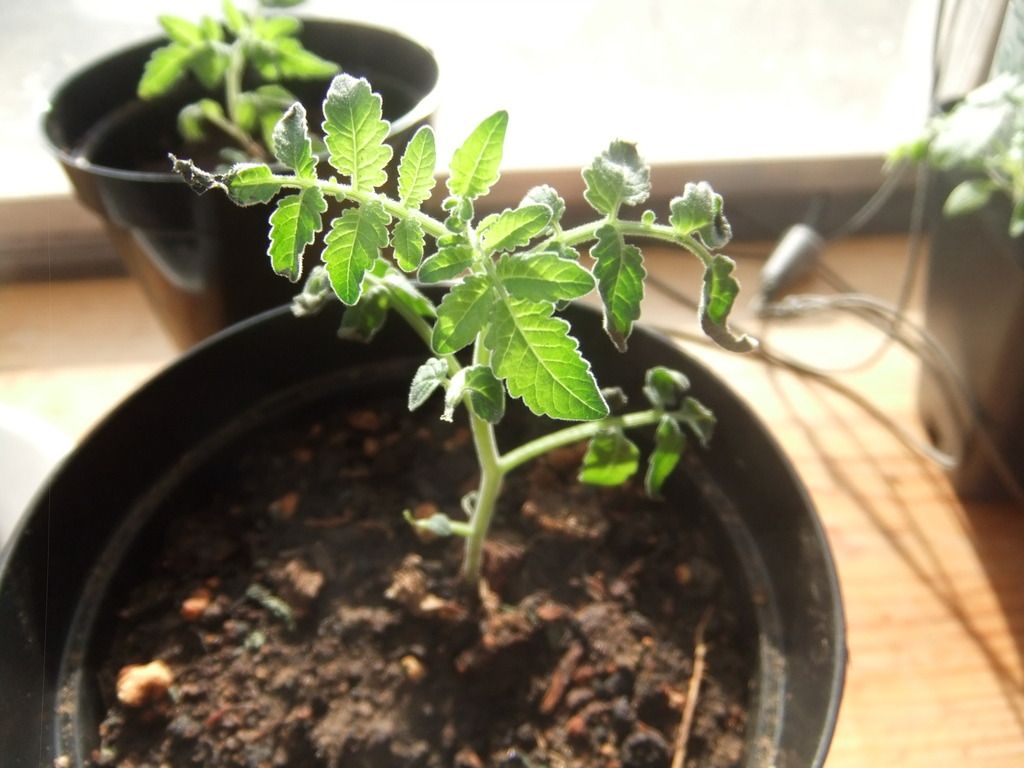 A few S. habrochaites seedlings as well. And an early Wx5 plant trimmed bonzai style with 4 tomatoes already. 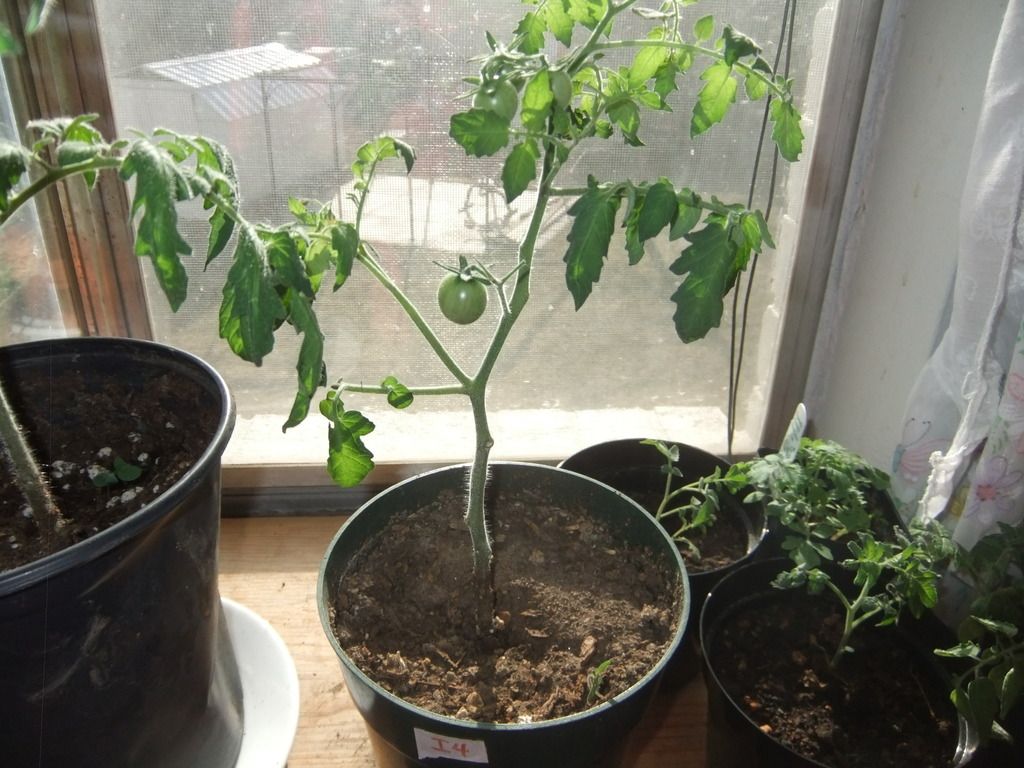
|
|
|

|
|
|
#49 |
|
Tomatovillian™
Join Date: Jun 2015
Location: Colorado
Posts: 134
|
I guess i have officially hijacked this thread from the OP. Oh, well. Ya snooze ya loose.
Here's my update so far. Photo 1: Solanum galapagense. I LOVE these leaves! 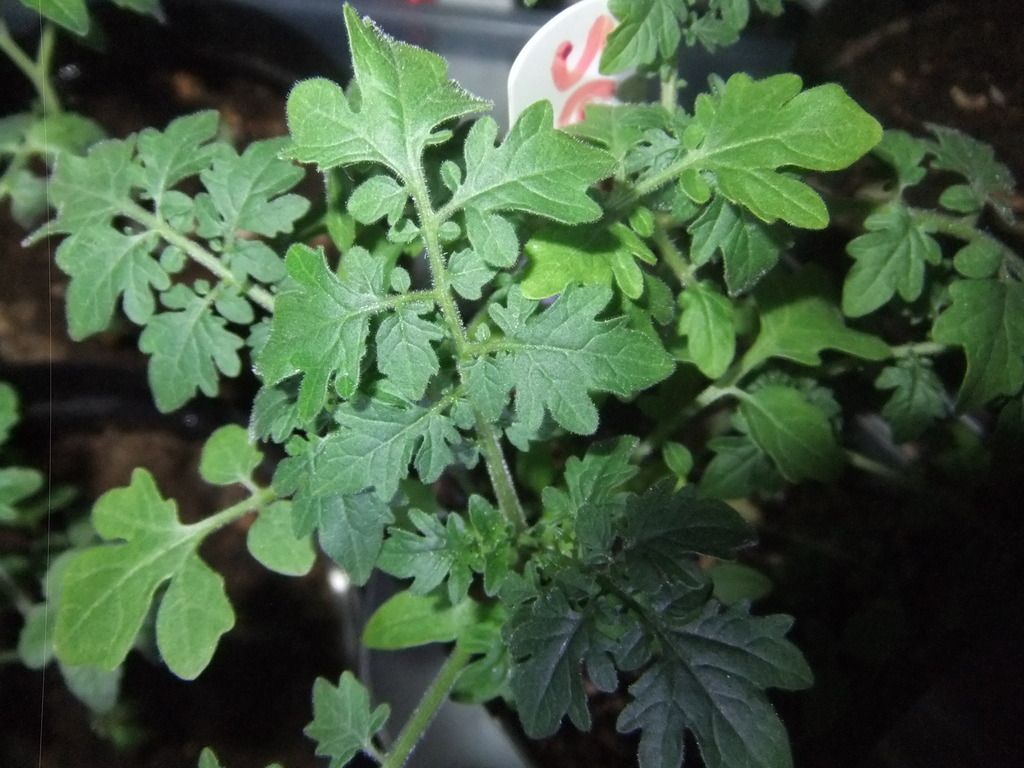 2. Solanum cheesmaniae 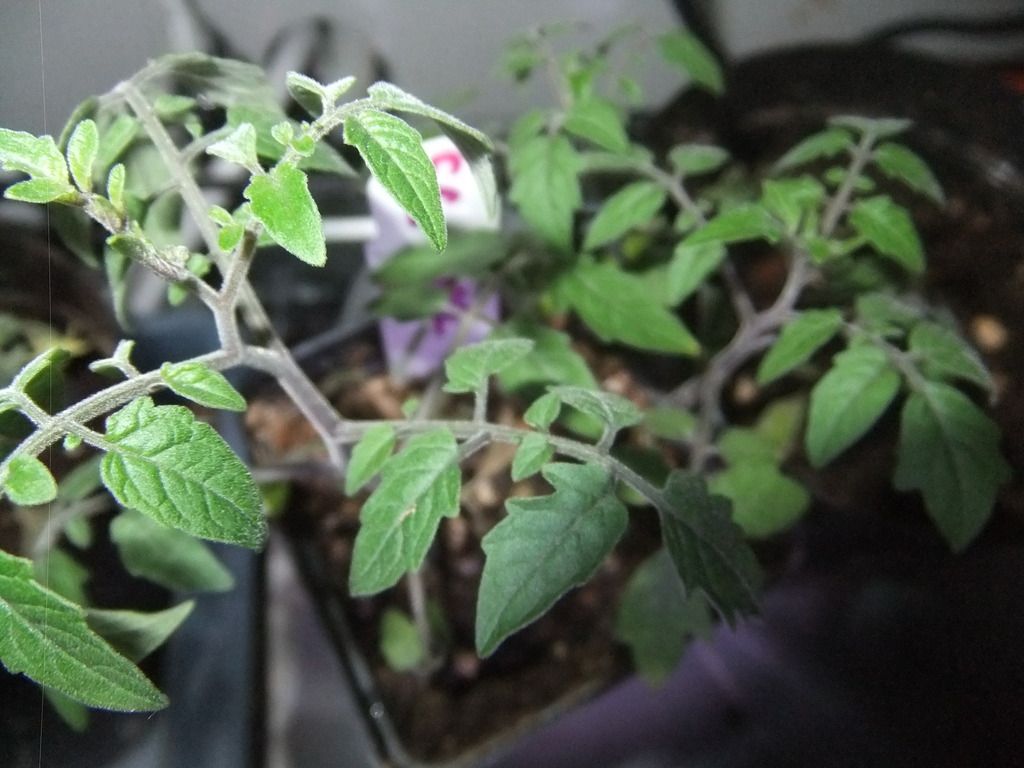 3. Solanum habrochaites 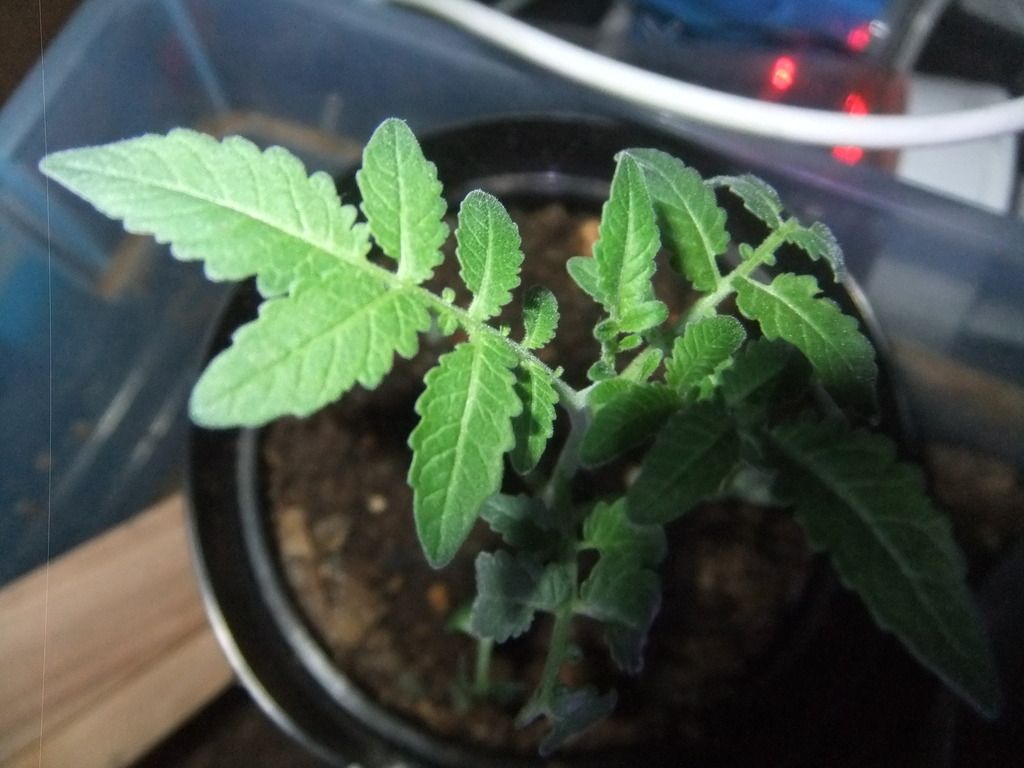 4. Misidentified as Wx5 but really Solanum cheesmaniae?  5. Regular Tomato for comparison. I believe this is the variety known as "Anasazi" that i got from Boulder, CO. 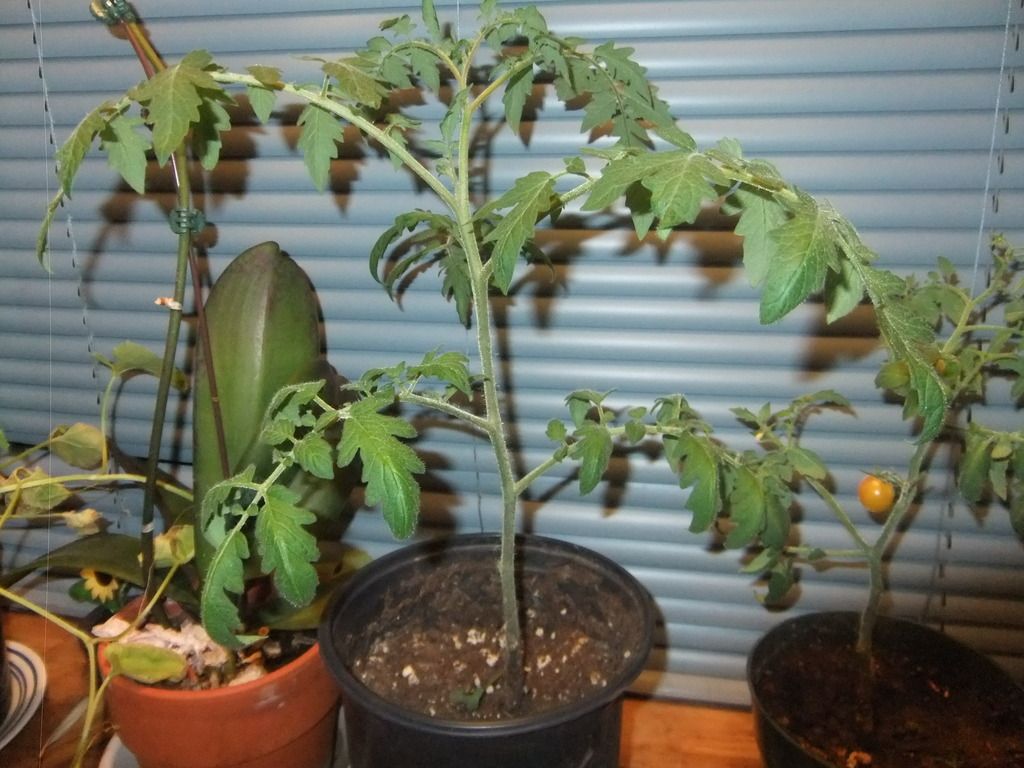
|
|
|

|
|
|
#50 |
|
Tomatovillian™
Join Date: May 2013
Location: Carmel, IN
Posts: 76
|
S. galapagense does have interesting frilly foliage. I'm surprised your galapagense variety didn't have any odor to the foliage. The four varieties I tried all had a strong odor that reminded me of burning garbage. I got my varieties from USDA GRIN, so they aren't the same as your variety from TGRC.
|
|
|

|
|
|
#51 | |
|
Tomatovillian™
Join Date: Jun 2015
Location: Colorado
Posts: 134
|
Quote:
There is one stock from the TGRC that is listed as Odorless, but it is not the accession i have, and secondly it's for S. cheesmaniae anyway. LA1018 Odorless from S. cheesmaniae (http://tgrc.ucdavis.edu/Misc-stocks%20list%202015.pdf) It's hard for me at this point to truly know if they are indeed Odorless or if my genetics are at play. I'm one of the people who can't stand to eat Cilantro because i taste an alkaloidal chemical that is Soapy, reminds me of stinkbugs, and makes my tongue literally go numb. People say it's because i have a recessive trait that does not allow me to smell some other chemical and so all i smell and taste is the other one underneath (which happens to actually be used in soap making). Not sure. I'm fine with Parsley though. People who love cilantro don't have that experience and think that it tastes "fresh". I once had a burrito that tasted so bad because i thought the person who made it washed their hands with soap and was just sloppy making my burrito. The soapy flavor got more and more intense that i had to just throw it on the ground and leave it there. I was so hungry that day too. made me angry. So yeah, my smelling genetics probably affect what things i like to eat. Maybe that is why i was such a picky eater when i was young. Last edited by Keen101; March 25, 2017 at 12:02 PM. |
|
|
|

|
|
|
#52 |
|
Tomatovillian™
Join Date: Jun 2015
Location: Colorado
Posts: 134
|
Just wanted to update that my S. galapagense did eventually develop an odor. Not like burning garbage but noticeable. Less annoying than the Peruvianum or habrochaites smell in my opinion but not by much.
I'm excited to work with the pennellii hybrids i got from TGRC. |
|
|

|
|
|
#53 | |
|
Tomatovillian™
Join Date: Jun 2015
Location: Colorado
Posts: 134
|
Quote:
|
|
|
|

|
|
|
#54 |
|
Tomatovillian™
Join Date: Feb 2006
Location: Alabama
Posts: 2,250
|
self-incompatibility is the rule of thumb for wild species. Some wild species cross with each other fairly easily which can get past the S gene limits and allow fruit set.
|
|
|

|
|
|
#55 |
|
Tomatovillian™
Join Date: Jun 2015
Location: Colorado
Posts: 134
|
|
|
|

|
 |
|
|
